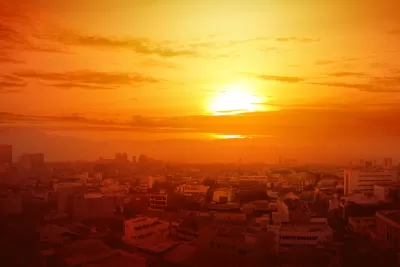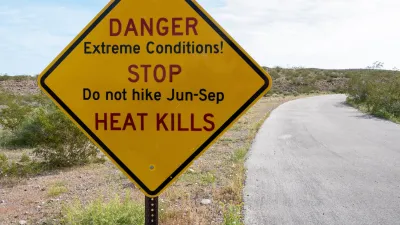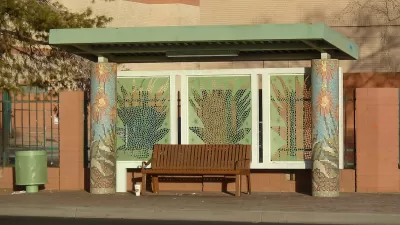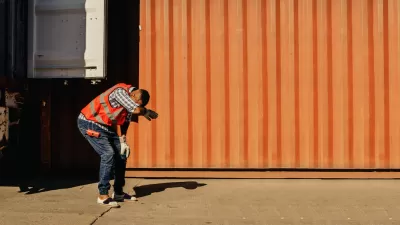With this year bringing on more record heat waves, governments at the local and federal levels are elevating extreme heat management as an urgent priority.

The trend of hotter summer is not abating as temperatures continue to break records, writes Carl Smith in Governing, putting residents of fast-growing cities like Phoenix at risk for heat-related illnesses and death.
“According to the 2022 Heat Deaths Report from the Maricopa County Department of Public Health, the county had 425 “heat-associated” deaths in 2022, a combination of fatalities caused directly by heat and those in which heat was a contributing factor.” That number was 25 percent higher than in 2021, and over twice as high as the average between 2016 and 2019.
Ariella Dale, a health scientist for the Maricopa County Department of Public Health, says it is crucial for cities to drill down into the details of heat-related deaths and understand who dies and why. “If a community does not already have experience dealing with heat, Dale says, a first step is evaluating gaps in communication and services for communities at highest risk. These tend to be the same groups — the old, the unhoused, the poor — that are most vulnerable to infectious disease outbreaks and other preventable health problems.”
As part of its response, Maricopa County has created an interactive “heat relief” map to help residents locate cooling centers, hydration stations, and locations to collect bottled water donations.
In addition to short-term heat management strategies, “The long-term objective is heat mitigation — adapting, rethinking and redesigning urban spaces so that they do not intensify atmospheric heat.” Strategies include green infrastructure, cool pavement and roof materials, and solar panel installations that provide both shade and renewable energy.
FULL STORY: Still Too Damn Hot — 2024 is Another One for the Record Books

Planetizen Federal Action Tracker
A weekly monitor of how Trump’s orders and actions are impacting planners and planning in America.

Congressman Proposes Bill to Rename DC Metro “Trump Train”
The Make Autorail Great Again Act would withhold federal funding to the system until the Washington Metropolitan Area Transit Authority (WMATA), rebrands as the Washington Metropolitan Authority for Greater Access (WMAGA).

The Simple Legislative Tool Transforming Vacant Downtowns
In California, Michigan and Georgia, an easy win is bringing dollars — and delight — back to city centers.

The States Losing Rural Delivery Rooms at an Alarming Pace
In some states, as few as 9% of rural hospitals still deliver babies. As a result, rising pre-term births, no adequate pre-term care and "harrowing" close calls are a growing reality.

The Small South Asian Republic Going all in on EVs
Thanks to one simple policy change less than five years ago, 65% of new cars in this Himalayan country are now electric.

DC Backpedals on Bike Lane Protection, Swaps Barriers for Paint
Citing aesthetic concerns, the city is removing the concrete barriers and flexposts that once separated Arizona Avenue cyclists from motor vehicles.
Urban Design for Planners 1: Software Tools
This six-course series explores essential urban design concepts using open source software and equips planners with the tools they need to participate fully in the urban design process.
Planning for Universal Design
Learn the tools for implementing Universal Design in planning regulations.
Smith Gee Studio
City of Charlotte
City of Camden Redevelopment Agency
City of Astoria
Transportation Research & Education Center (TREC) at Portland State University
US High Speed Rail Association
City of Camden Redevelopment Agency
Municipality of Princeton (NJ)





























